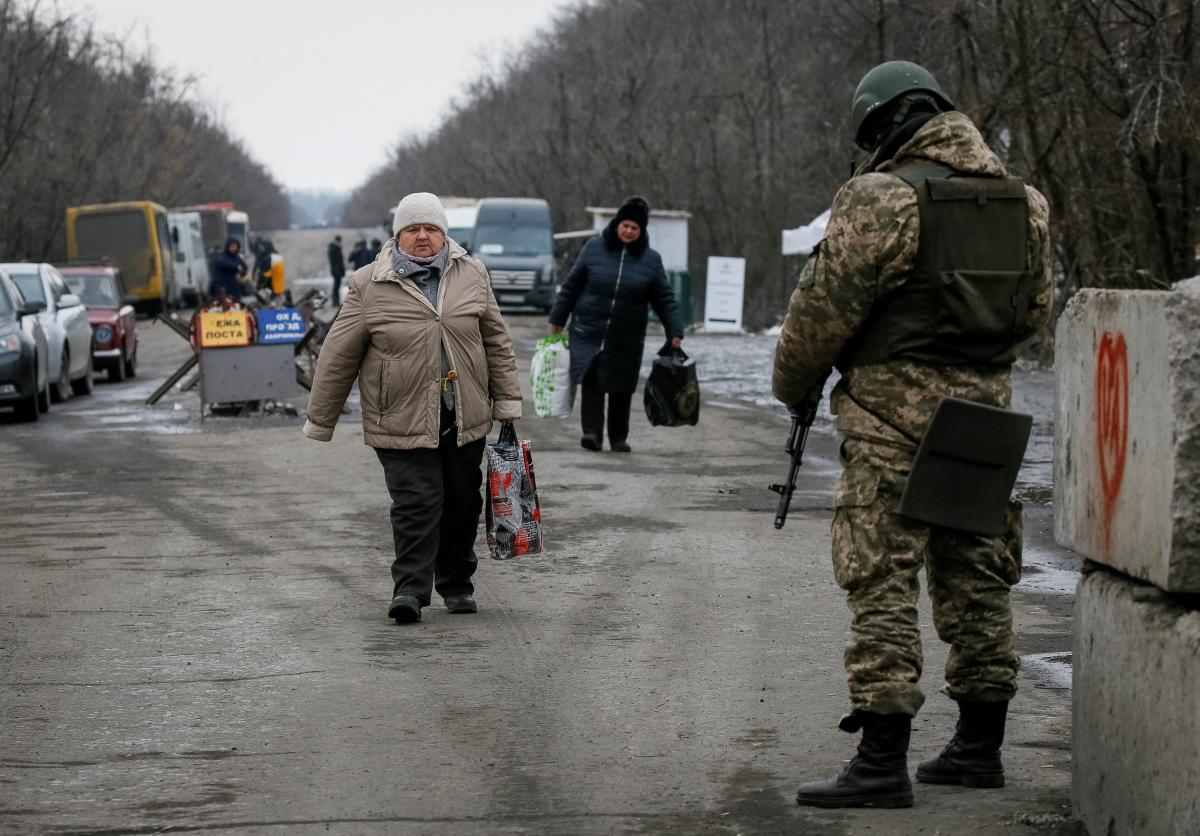
More than a third of internally displaced persons do not intend to return home after the end of the war in Donbas, said Stefano Pes, the IOM Ukraine Emergency and Stabilization Coordinator.
During the presentation of the report of the National Monitoring System on IDPs in Kyiv, Pes said 69% of internally displaced persons had been staying in their current place of residence for over three years, and the share of those who reported their intention not to return to their initial place of residence, even after the war ends, increased from 29% in March 2017 to 34% in December 2018, an UNIAN correspondent reports.
Read alsoMinistry names number of IDPs from Donbas, Crimea
As the IOM spokesperson added, long-term displacement requires long-term solutions to the problems faced by IDPs, and one of the priority issues is quality of life. In addition, according to the latest IOM survey, only 44% of IDPs are employed, whereas about 60% of them were employed before the displacement.
UNIAN memo. IOM has been conducting regular surveys on the situation of internally displaced persons since March 2016. In the last, 12th round, held in October-December 2018, a total of 2,403 respondents were polled through personal interviews and 4,044 – by telephone.
According to the Ministry of Social Policy of Ukraine, the number of registered internally displaced persons from Crimea and Donbas as of April 1 is 1,369,787.

